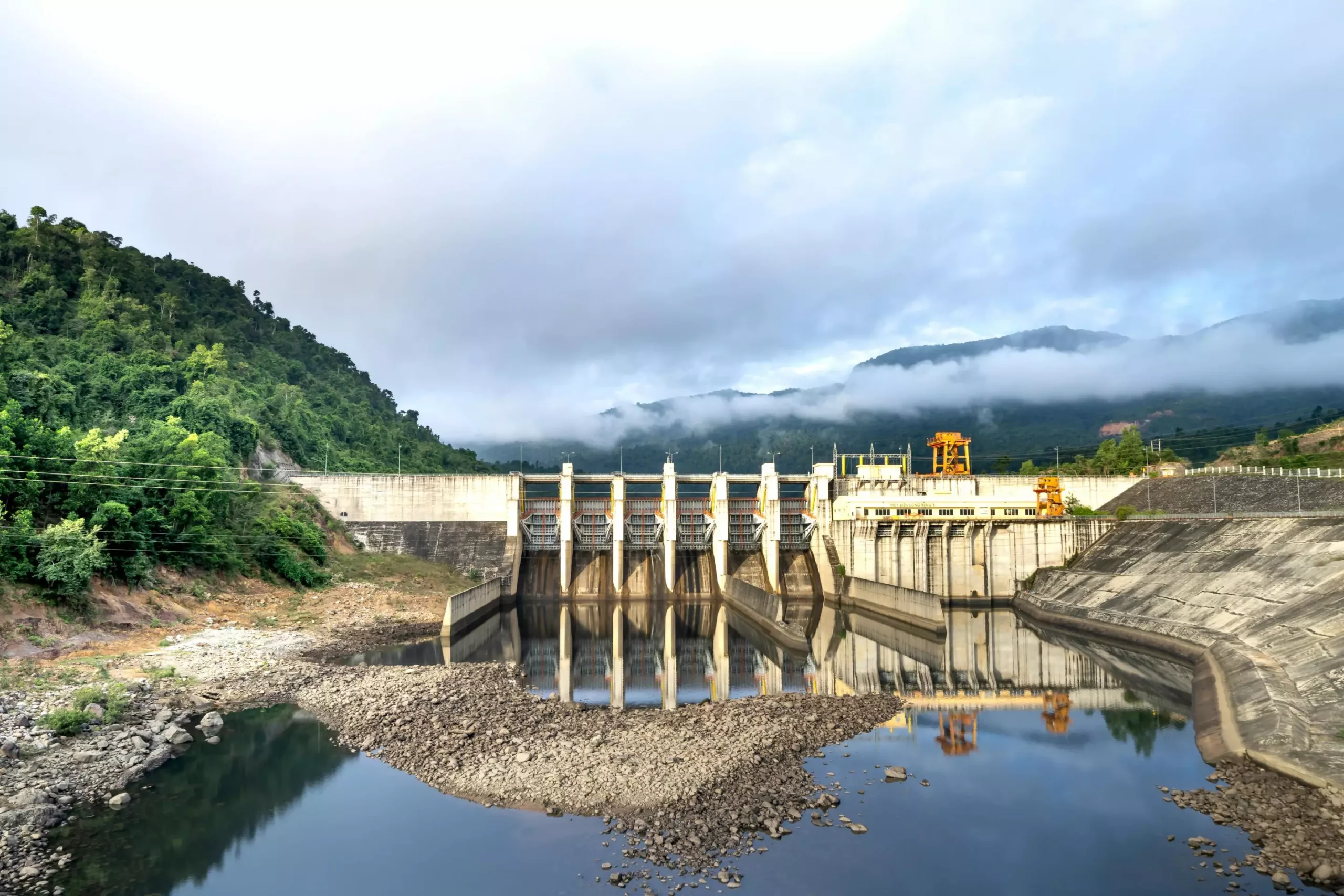Hydropower has long been championed as a clean, renewable energy source that plays a crucial role in the quest for sustainable power. However, in light of increasing drought conditions, the reliability of hydropower generation is being called into question. Researchers at The University of Alabama have raised critical concerns about the implications of drought on hydropower, notably emphasizing the negative ramifications these natural dry spells can unleash on energy production. Their findings suggest that without thoughtful and proactive planning, hydropower can transform from a valuable asset into a significant liability, particularly during extended periods of low water availability.
In a meticulous study published in *Environmental Research Letters*, researchers associated with the Center for Complex Hydrosystems Research undertook an extensive analysis of drought’s impact on hydropower generation spanning an 18-year period from 2003 to 2020. Their research reveals a troubling trend: the nation experienced a marked decline in hydropower output, equating to an eye-watering financial loss estimated at $28 billion across the sector. This loss not only correlates with diminished revenue for hydropower plants but also necessitates the purchase of energy from alternative sources to compensate for the shortfall.
Dr. Hamid Moradkhani, the study’s lead, noted a common misconception that flooding is the primary concern related to climate change impacts on hydropower. Instead, his research underscores the often-overlooked dangers of drought. This study aims to elevate awareness of drought’s real and substantial costs—underscoring the urgent need for mitigation strategies to be integrated into long-term energy planning frameworks.
One pivotal aspect of the research is the comparative examination of states’ vulnerabilities to drought, showing varying levels of resilience based on geographical and hydrological factors. Interestingly, Nevada was identified as having the least vulnerability to drought impacts on hydropower. This surprising finding can be attributed to the extensive reservoir capacity created by the Hoover Dam, which enhances the state’s adaptability even amidst its inherently arid conditions.
In contrast, Alabama, where hydropower constitutes approximately 7% of total electric generation, demonstrated a lower vulnerability owing to its favorable drought conditions and inherent adaptive capabilities. This finding highlights a critical nuance—while some states may grapple with severe drought conditions, others may foster resilience owing to specific ecological and infrastructural elements, such as robust water management systems and diversified energy portfolios.
The Environmental Consequences of Lost Hydropower
Beyond the immediate economic consequences, the study also sheds light on broader environmental implications resulting from decreased hydropower generation. As states turn to natural gas to offset lost hydropower, researchers found a concerning rise in greenhouse gas emissions—approximately a 10% nationwide increase in CO2 and a staggering 24% uptick in NO2 emissions. These findings represent an essential warning regarding the environmental costs of energy shortfalls during drought periods.
While the short-term implications of these emissions might not seem dire, they are indicative of the need for forward-thinking planning concerning future droughts. Without sufficient strategies in place, such emissions could further exacerbate existing climate issues and compromise air quality across the nation.
Strategies for Future Resilience
Recognizing the regional disparities in vulnerability emphasizes the necessity of state-tailored strategies that can adequately address the specific threats posed by drought. Such strategies should focus on diversifying energy sources, implementing improved water management practices, and enhancing infrastructure resiliency to adapt to changing climate conditions.
These measures can play a pivotal role in safeguarding the sustainability of the energy sector while also protecting the environment. By addressing the risks associated with drought, states can strengthen their energy systems and ensure that clean energy sources like hydropower remain reliable assets in a fluctuating climate landscape.
As climate variability continues to challenge conventional energy paradigms, it is imperative that stakeholders in the hydropower sector reassess their vulnerabilities and prepare adequately for the increasing threat posed by drought. The insights derived from the University of Alabama’s study serve as a clarion call for proactive measures in energy planning—one that could secure both economic stability and environmental integrity for future generations.


Leave a Reply